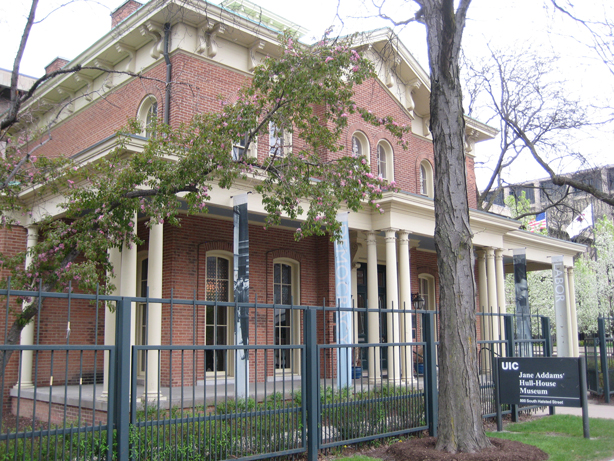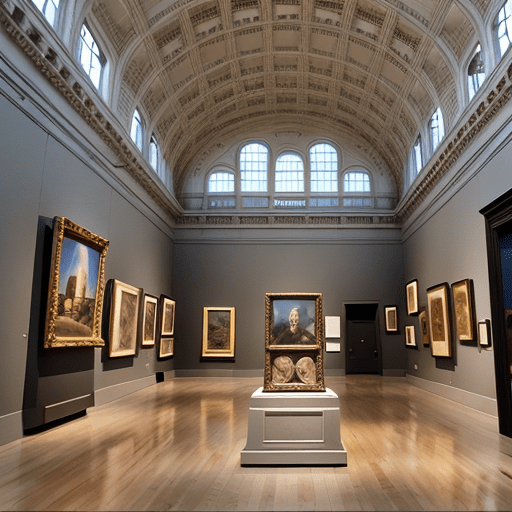Explore The Jane Addams Hull-House Museum
In the heart of Chicago’s bustling urban landscape stands a testament to the power of social reform and community action: the Jane Addams Hull-House Museum. This iconic institution, founded by Jane Addams and Ellen Gates Starr in 1889, was a pioneering force in the Progressive Era, advocating for societal betterment through education, public health, labor rights, and more. Today, the museum continues to inspire visitors with its rich history and commitment to social justice.
Jane Addams and Ellen Gates Starr: The Visionaries Behind Hull-House
In the late 19th century, Jane Addams and Ellen Gates Starr, inspired by the social settlements they had seen in Europe, sought to create a similar institution in Chicago. Their objective was to provide not only a safe haven for immigrants and the urban poor but also a center for social reform and community engagement. They rented Charles G. Hull’s abandoned mansion on Halsted Street and opened the doors of Hull-House to the public in 1889.
Hull-House: A Settlement House with a Mission
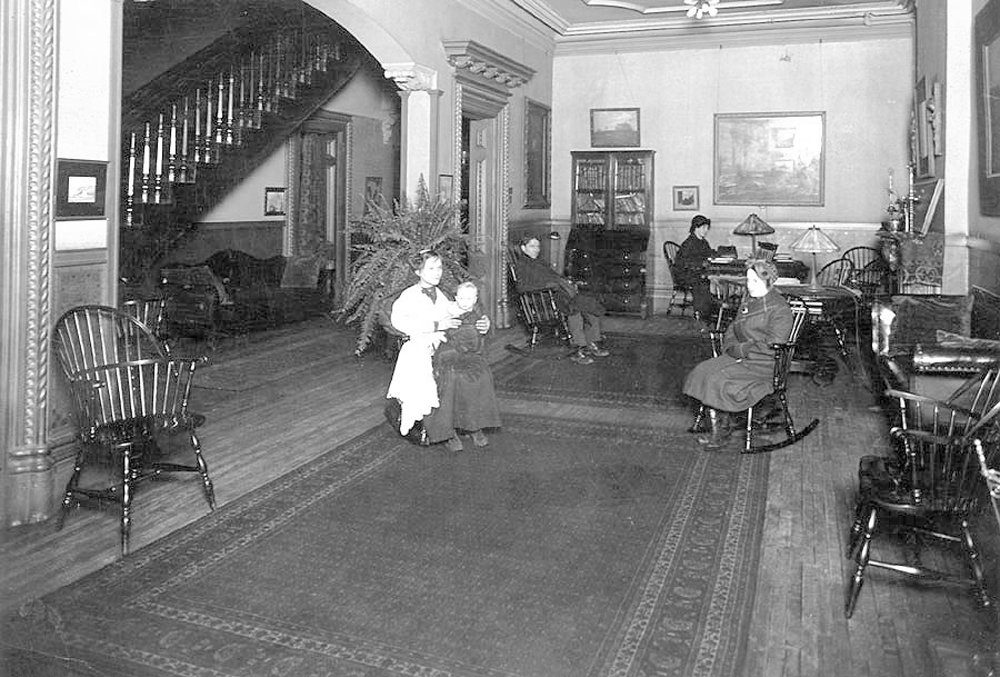
Hull-House, named after the mansion’s original owner, was among the first social settlements in North America. It started as a kindergarten but rapidly expanded to include a day nursery and infancy care center. Over time, Hull-House grew into a multifaceted institution offering educational programs, social clubs, recreational facilities, and various social services.
Education and Learning Initiatives
Education was at the heart of Hull-House’s mission. The settlement provided secondary and college-level extension classes, as well as evening classes on civil rights and civic duties. One volunteer, Jenny Dow, started a kindergarten class for children left at the settlement while their mothers worked. Within three weeks, Dow had 24 registered kindergarteners and a waiting list of 70.
Advocacy for Social Reforms
The residents of Hull-House were instrumental in advocating for legislative reforms at the municipal, state, and federal levels. They influenced the enactment of child labor laws, the establishment of juvenile courts, and the development of social welfare programs. They also contributed to the women’s suffrage movement and international peace initiatives.
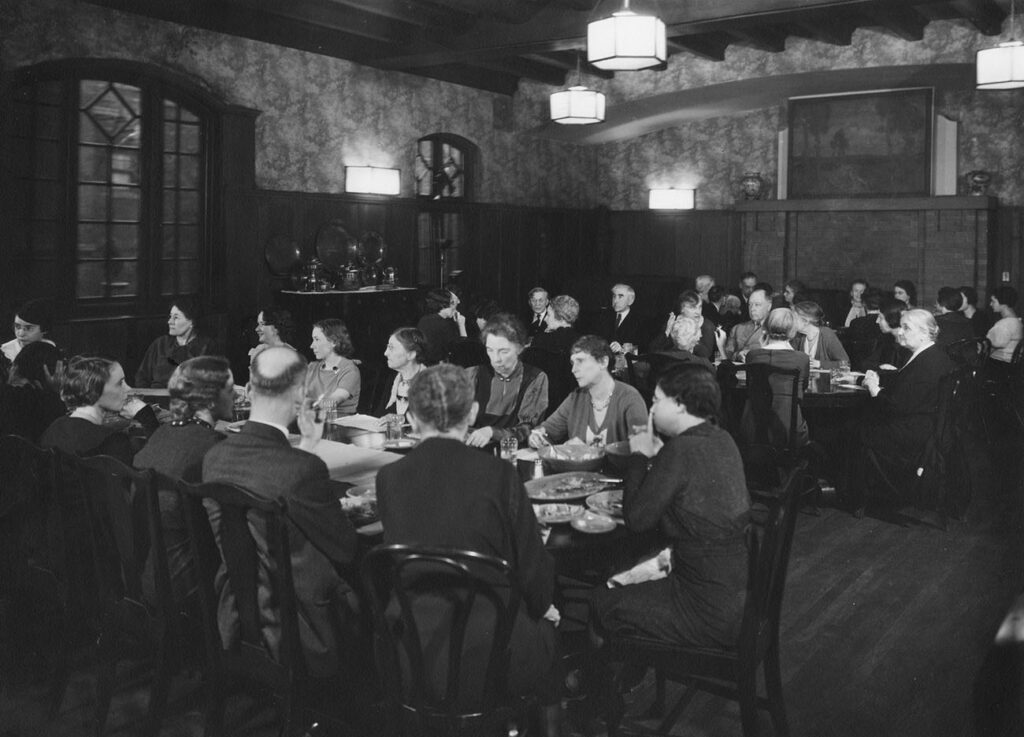
Hull-House: A Growing Complex
Originally housed in a single building, Hull-House expanded over the years to cover half a city block. It eventually consisted of twelve large buildings, including a gymnasium, social and cooperative clubs, shops, and children’s homes. Hull House also included playgrounds and even a large camp in Wisconsin, known as the Bowen Country Club.
Hull-House Neighborhood: A Melting Pot of Cultures
Hull-House was more than a building; it was a neighborhood, a community. The surrounding area, known as “Little Italy,” was home to a diverse mix of immigrants. Hull-House embraced this diversity by hosting ethnic evenings, featuring cultural food, dance, music, and lectures, catering to various communities such as Italian, Greek, German, Polish, and others.
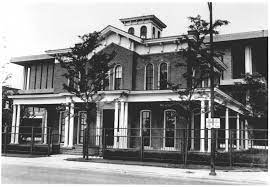
Hull-House: An Impactful Legacy
The impact of Hull-House and its founders resonated far beyond the confines of the settlement. Jane Addams, in particular, became a prominent figure in social reform circles. She published numerous books, including the popular “Twenty Years at Hull-House,” bringing attention to social issues and the settlement house movement.
Hull-House Today: A Museum with a Message
Today, the original Hull mansion and an adjoining dining hall are all that remain of the original Hull-House complex. These buildings now serve as a museum, preserving the legacy of Jane Addams, Ellen Gates Starr, and the countless others who contributed to the Hull-House mission.
Exhibitions and Collections
The museum houses an array of exhibitions and collections showcasing the history of Hull-House and its impact on society. The Benedict Gallery, for instance, features art that reflects the settlement’s commitment to social reform.
Education and Outreach
The Jane Addams Hull-House Museum continues to educate the public about social justice issues. It offers educational materials for students, organizes public programs, and hosts events that draw on the museum’s history to address contemporary social issues.
Visit and Tours
The museum is open to the public, offering both guided and self-guided tours. Visitors can explore the museum in person or virtually through an online tour. The museum encourages reservations to ensure the safety and wellness of its guests and staff.
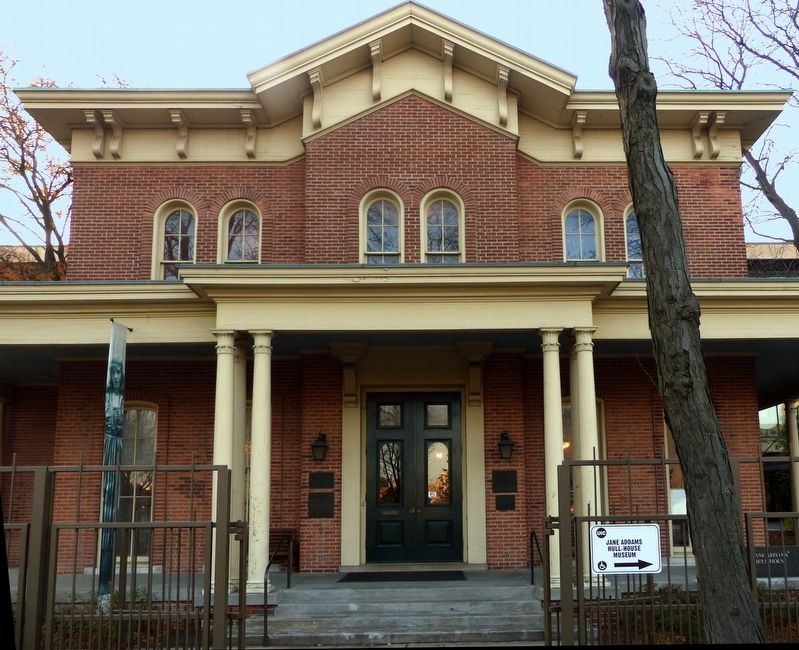
Jane Addams Hull-House Museum’s Enduring Relevance
The Jane Addams Hull-House Museum stands as a testament to the spirit of social reform that marked the Progressive Era. Its history serves as a reminder of the power of community action and the importance of advocacy for social justice. More than a century after its founding, the Hull-House Museum continues to inspire and educate, keeping the legacy of Jane Addams and Ellen Gates Starr alive.
As society continues to grapple with issues of social inequality, the Hull-House Museum’s mission remains as relevant as ever. It serves as a beacon, illuminating the path towards a more equitable and just society. Through its exhibitions, educational programs, and advocacy work, the museum continues to carry the torch lit by Jane Addams and Ellen Gates Starr, fostering a spirit of community, compassion, and social action for generations to come.
